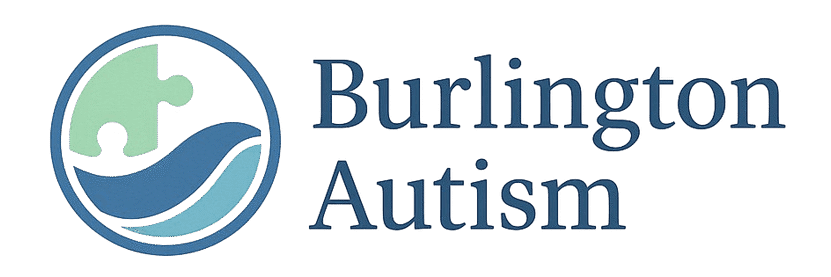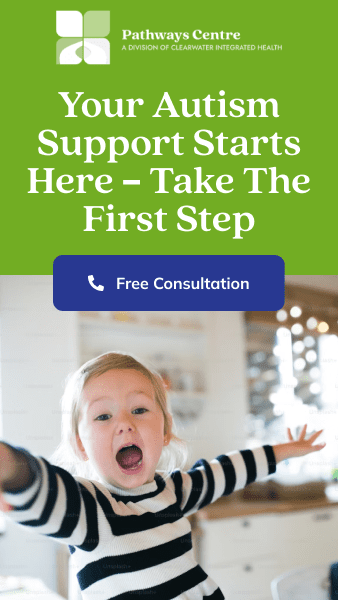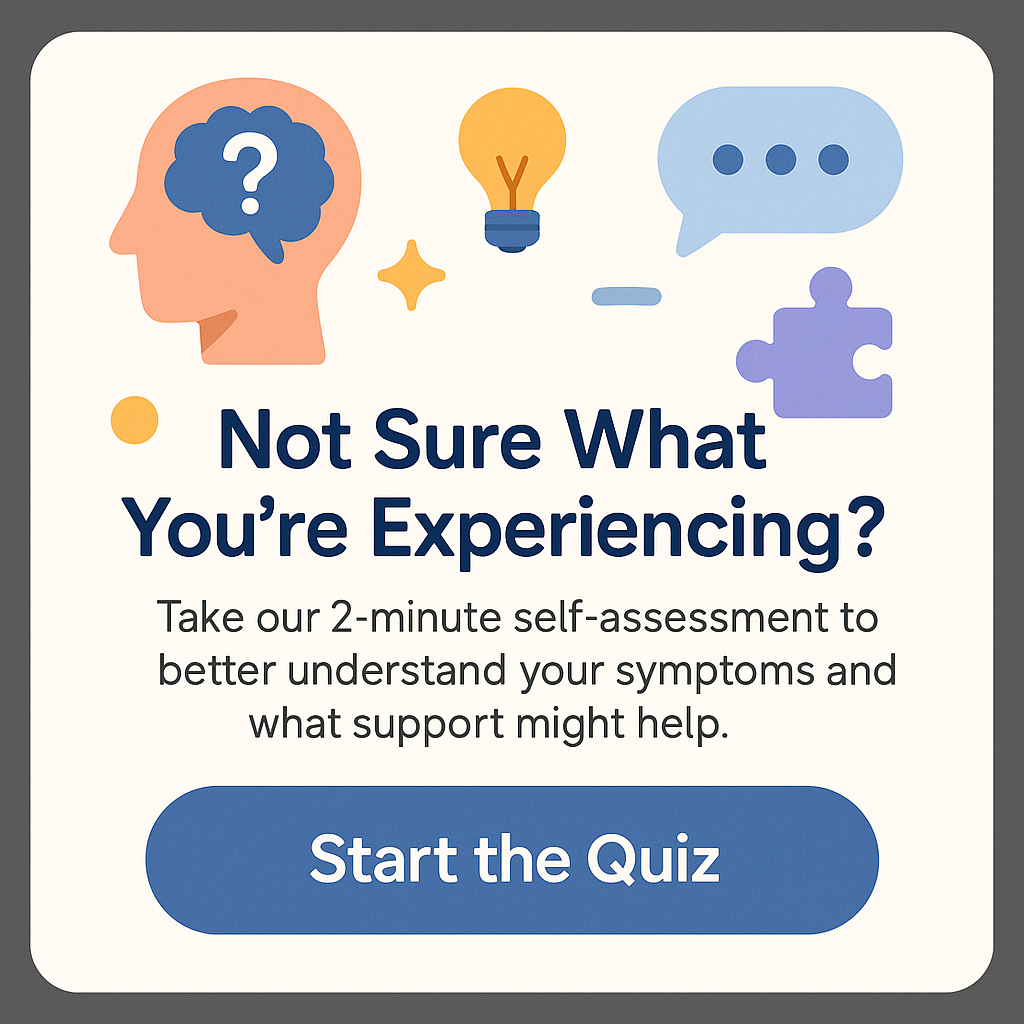What is the biggest symptom of autism?
What is the biggest symptom of autism? This question has intrigued many, from parents trying to understand their children to educators seeking effective strategies for inclusion. Autism spectrum disorder (ASD) is a complex neurodevelopmental condition that varies significantly from person to person. As a spectrum disorder, autism encompasses a wide range of symptoms and characteristics, making it difficult to pinpoint a single ‘biggest symptom.’ However, one key symptom often discussed is the challenge with social communication.
In this article, we will delve into the major symptoms associated with autism, focusing specifically on social communication difficulties and how they manifest in individuals on the spectrum. We will also look into other related symptoms and behaviors that are common in autism, examine how these symptoms affect daily life, and highlight effective strategies for support. By the end of this comprehensive exploration, you will have a better understanding of autism and the nuances of its symptoms.
Understanding Social Communication Difficulties
When we ask, What is the biggest symptom of autism?, we cannot overlook social communication challenges. Social communication difficulties are often considered one of the core characteristics of autism and can include a wide array of issues. These challenges typically manifest in several forms, including:
- Difficulty in Understanding Social Cues: Individuals with autism often struggle to interpret nonverbal cues such as body language, facial expressions, and tone of voice. For example, a person might miss the subtle signs that someone is upset and unable to provide the appropriate response, which can lead to socially awkward interactions.
- Challenges in Forming and Maintaining Relationships: Making friends or maintaining relationships can be particularly tough. Children with autism may find it hard to initiate conversations or engage in reciprocal interactions, leading to feelings of isolation.
- Delayed Speech and Language Skills: Many children with autism experience delays in developing verbal communication skills. This can include not speaking until later in childhood, having limited vocabulary, or reliance on echolalia—repeating phrases or sentences they have heard.
These social communication difficulties can greatly impact an individual’s ability to engage with others, leading to emotional challenges like anxiety or depression. The interplay between these symptoms is critical, as social-emotional health is often intertwined with communication skills. Families, teachers, and caregivers play an essential role in supporting individuals with autism by fostering communication skills and providing emotional support.
Research shows that early intervention can significantly improve outcomes for individuals, making it easier for them to navigate social situations. Programs focusing on social skills training, speech therapy, and behavioral therapy have provided individuals with effective strategies to enhance their communication capabilities.
Other Noteworthy Symptoms of Autism
While social communication difficulties are among the most prominent answers to the question, What is the biggest symptom of autism?, it is essential to recognize that autism encompasses a variety of symptoms. These can be broadly categorized into two main areas: restricted interests and repetitive behaviors. Understanding these symptoms can aid families, educators, and communities in providing the necessary support for individuals on the spectrum.
Restricted Interests
Individuals with autism often exhibit intense interests or fixated hobbies that can be exceptionally narrow or specific. This can include everything from dinosaurs to computer programming. Here are some key points to consider regarding restricted interests:
- Intensity: These interests are often pursued with a level of intensity that can seem atypical compared to their peers. A child may spend hours discussing or researching their interest, sometimes to the exclusion of other activities.
- Knowledge Base: Many individuals with autism develop an astounding depth of knowledge in their area of interest. This could be a source of pride and identity for them, making their enthusiasm a vital part of who they are.
- Social Opportunities: Finding common ground during discussions about these interests can help facilitate social interactions. Encouraging group activities that revolve around these interests can promote social skills and communication.
While these interests may sometimes seem unusual, they often serve a significant purpose for individuals on the spectrum. They can provide comfort, structure, and a unique identity, which can be important for overall wellbeing. Encouragement of these interests, while introducing new activities, can foster a balanced lifestyle for someone with autism.
Repetitive Behaviors
Repetitive behaviors are another critical symptom of autism. These can manifest as physical movements, vocalizations, or a strict adherence to routines. Typical examples of repetitive behaviors include:
- Hand-flapping: Many children with autism may exhibit hand-flapping or other stereotypic movements as a way to self-soothe or express excitement.
- Routine and Order: An individual may become distressed if their daily routine changes, showing a preference for sameness and an obsession with schedules.
- Repetitive Play: Engaging in the same play patterns repeatedly, such as spinning objects or arranging toys in a specific order, can also be seen.
Understanding and supporting these repetitive behaviors is essential. While society may label them as disruptive or unusual, for individuals with autism, these behaviors serve a purpose—providing comfort, predictability, or even sensory stimulation. Educators and caregivers can support these tendencies by integrating them into structured activities or using them as a means to develop other skills.
The Importance of Early Diagnosis and Intervention
A critical step in addressing social communication difficulties, restricted interests, and repetitive behaviors is early diagnosis and intervention, addressing our original query: What is the biggest symptom of autism? Recognizing these symptoms early can lead to timely intervention strategies that benefit individuals’ development. The earlier a child is diagnosed, the better potential outcomes they can experience with appropriate supports.
Evidence suggests that early intervention can significantly reduce the severity of challenges related to autism. Programs that target social skills, speech and language, and emotional regulation provide children with critical tools to navigate their world more successfully.
In addition to individual interventions, family support plays a vital role. Educating parents about autism spectrum disorder, its symptoms, and effective strategies to support their child’s development is crucial. When families understand how to recognize and respond to the symptoms of autism, they can create a nurturing environment that promotes healthy growth.
Moreover, community resources such as local autism organizations often provide workshops, support groups, and information sessions that empower families and educators alike. Connecting with others facing similar challenges and sharing experiences can relieve some of the pressures that come with raising a child with autism.
Conclusion
In summary, the question What is the biggest symptom of autism? can’t be definitively answered with a single response, as autism is intricate and unique to each individual. Social communication difficulties often take center stage due to their significant impact on daily life. Understanding and addressing these challenges, along with acknowledging restricted interests and repetitive behaviors, are vital to supporting individuals on the spectrum.
By fostering open-ended discussions about autism and promoting awareness, we can create a more inclusive environment for everyone. Parents, educators, and communities can implement tailored support strategies that nurture communication skills while embracing the unique qualities each individual brings. Recognizing autism’s multifaceted nature can lead to better understanding and advocacy, ultimately improving the quality of life for those on the spectrum.
FAQs about Autism
1. What are the common signs of autism in toddlers?
Common signs of autism in toddlers include delayed speech and language skills, lack of interest in social interactions, and repetitive behaviors or interests. Early signs can vary, so a comprehensive evaluation by a professional is necessary.
2. Can autism be diagnosed at an early age?
Yes, autism can often be diagnosed between the ages of 2 and 3. Early diagnosis is critical and can lead to early interventions that significantly improve outcomes.
3. Are there different types of autism?
Yes, autism is a spectrum disorder, meaning there are various types and degrees of symptoms displayed. Each individual may present with a unique combination of characteristics.
4. How can schools support students with autism?
Schools can support students with autism by implementing individualized education programs (IEPs), providing specialists for speech and occupational therapy, and fostering a nurturing, inclusive environment that accommodates diverse learning needs.
5. Can adults have autism?
Yes, autism is not limited to children. Many adults live with autism without a formal diagnosis. Understanding the symptoms and support remains crucial for their quality of life.
How Does a Child with Autism Behave? Understanding Autism Spectrum Disorder
Is ADHD a Form of Autism? Understanding the Differences and Similarities
Who Carries the Autism Gene, Mother or Father? Discover the Truth







